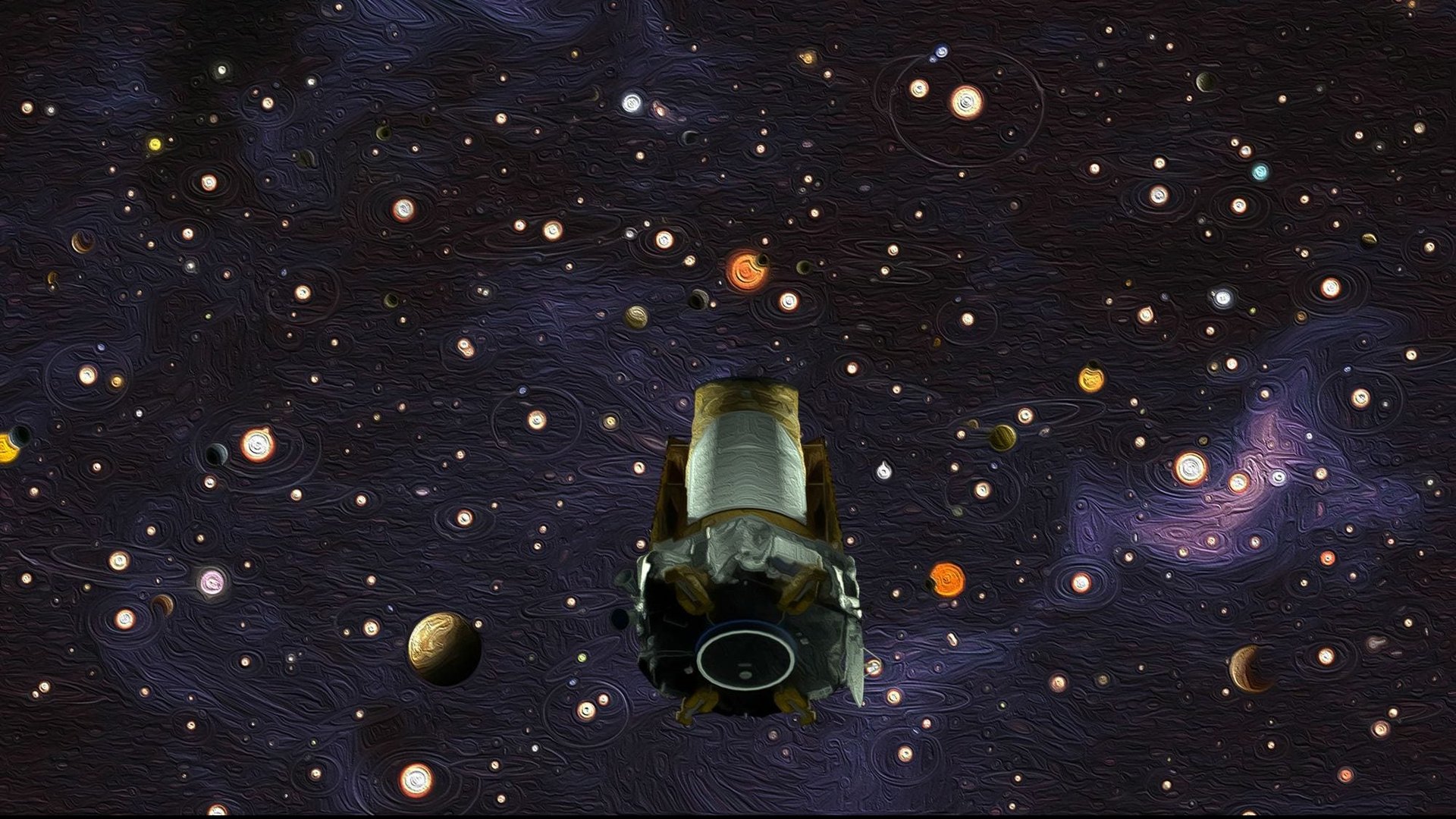NASA’s Kepler telescope, identifier of distant Earth-like planets, is out of fuel and will retire
Since its launch in March 2009, NASA’s Kepler telescope has identified new worlds far, far away. But today, its work comes to an end; NASA announced this afternoon (Oct. 30) that the telescope is out of fuel and will retire.


Since its launch in March 2009, NASA’s Kepler telescope has identified new worlds far, far away. But today, its work comes to an end; NASA announced this afternoon (Oct. 30) that the telescope is out of fuel and will retire.
In its nine years of operation, Kepler identified over 2,600 new planets outside our solar system. Thanks to Kepler’s observations, scientists now believe that between 20 and 50 percent of the stars in our night sky are orbited by Earth-like planets in “Goldilocks” zones: just the right distance away from suns to have liquid water, a key to sustaining life (as we know it, anyway).
Kepler also persisted despite some major setbacks. Its first mission was designed to observe for a minimum of three and a half years, and in 2013, its fourth year in orbit, two internal wheels used to turn Kepler failed, meaning researchers could no longer focus its gaze on a specific target. That slowed the pace of the telescope’s work, and NASA solicited ideas from the scientific community about how to redirect Kepler’s aims. The winning idea, known as K2, used pressure from sunlight to stabilize the telescope as it observed specific chunks of the sky for months at a time. The K2 mission extended Kepler’s life through 2018.
Kepler is now orbiting the sun, 94 million miles away from Earth. Running low on fuel, it has beamed its last dataset back to Earth, and will remain in an orbit trailing Earth’s, but will never come closer than a million miles from us. That’s due to happen around 2060, at which point the Earth’s gravity will slingshot the telescope ahead into a faster orbit. Or, as the Kepler mission’s former principal investigator Bill Borucki once joked, “My grandchildren will retrieve Kepler, and place it in the new National Air and Space Museum on the Moon!”
To identify and observe distant planets of interest, planetary researchers will now turn to other telescopes, like Hubble, the Transiting Exoplanet Survey Satellite (TESS), which launched in April, or the James Webb Space Telescope, which is set to launch in 2021.